As a more sizable alternative to standard sofas, the sectional is definitely worth your consideration if you have a large family or regularly host a crowd—or even if your sofa style just leans more to lounging than perching. And while past options may have been dowdy or downright unwieldy, today’s sectionals are much more sophisticated, ranging from streamlined versions upholstered in velvet to slipcovered linen styles. On top of that, sectionals can be much more versatile than they appear, working as well in a small study as they do in a cavernous living room. Read on to discover everything you need to know about sectionals and why they’re the ultimate in functional seating.
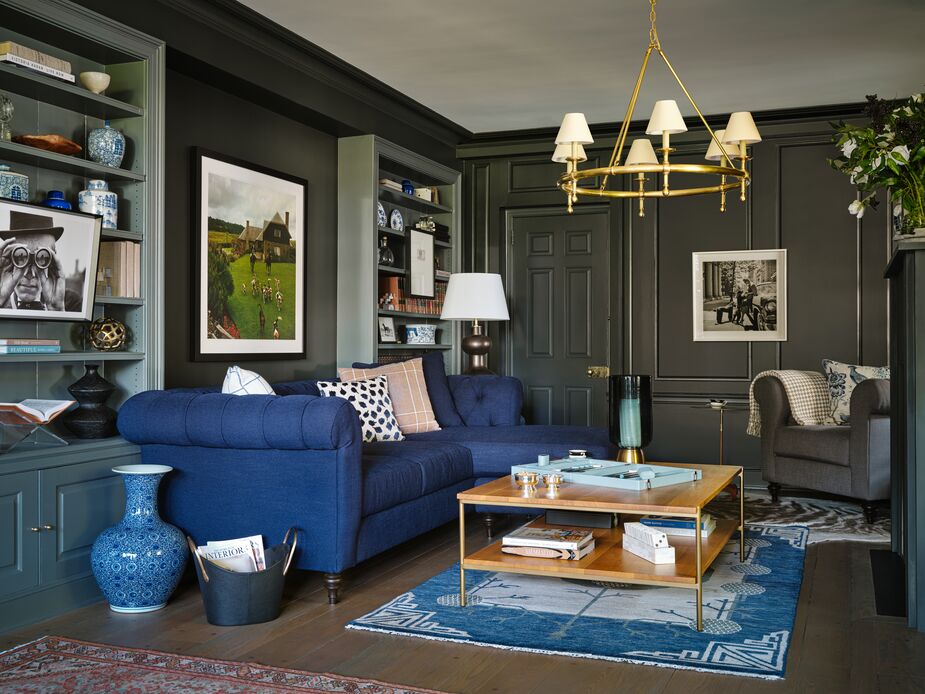
A sectional with a chaise, like the Chatsworth Performance Linen Reversible Sectional, is ideal for entertaining as well as for everyday lounging. Find the rug here and the chandelier here. Photo by Joe Schmelzer.
Why a Sectional?
There’s room for more. The main draw to getting a sectional is straightforward: It offers an ample amount of seating and is perfect for lounging and putting your feet up. Depending on their size, sectionals can offer room for several more people to sit than a conventional sofa can.
It can go anywhere. Most people think that sectionals can work only in large rooms—but that’s not so. Sectionals can really help maximize seating options in smaller spaces, especially when placed in a corner.
It breaks up an open floor plan. There’s nothing like the airiness of an open floor plan, but we’ll admit that arranging the space can be tricky. Enter the sectional, whose broad size and structural shape can help create distinct “rooms” within a larger area.
Breaking Down the Designs
There are a dizzying number of options when it comes to sectional sofas, which means you can get exactly what you want. Read below about the various styles to get a head start.
L-shape: As its name indicates, this sectional takes on an L shape, looking like two sofas merged together at the end to form a right angle. You’re most likely to find a three-cushion style connected to a two-cushion style, though larger four- with three-cushion styles are popular too. The L-shape design is the most versatile of sectionals, working well wedged into a corner or floating in the middle of a room.
Chaise: The chaise sectional is essentially a sofa with an extended ottoman attached to one side. Think of it as the simplified cousin of the L-shape style that can go just about anywhere a conventional sofa might go.
Curved: The curved sectional brings sculptural appeal to a space, acting almost as a piece of art with its elegant silhouette. Keep in mind, it’s not your best bet when it comes to small spaces: Because it doesn’t sit flush against a wall, you’ll have to position it farther out into the room.
U-shape: If you have a huge space to fill—or if you just want to get as much seating out of your sectional as possible—the U-shape style is for you. What’s more, it’s perfect for fostering intimate conversation thanks its two extended arms that face each other.
Modular: Most sectionals come in multiple pieces that are meant to be stationary and connect only in a certain configuration. Not so for the modular style, which can include as many as five pieces that you can rearrange at a whim.
Sleeper: Yes, the ever-functional sectional can get even more functional, making more room not only for sitting but for sleeping too. Sleeper sofa additions are typically featured with chaise-style sectionals.
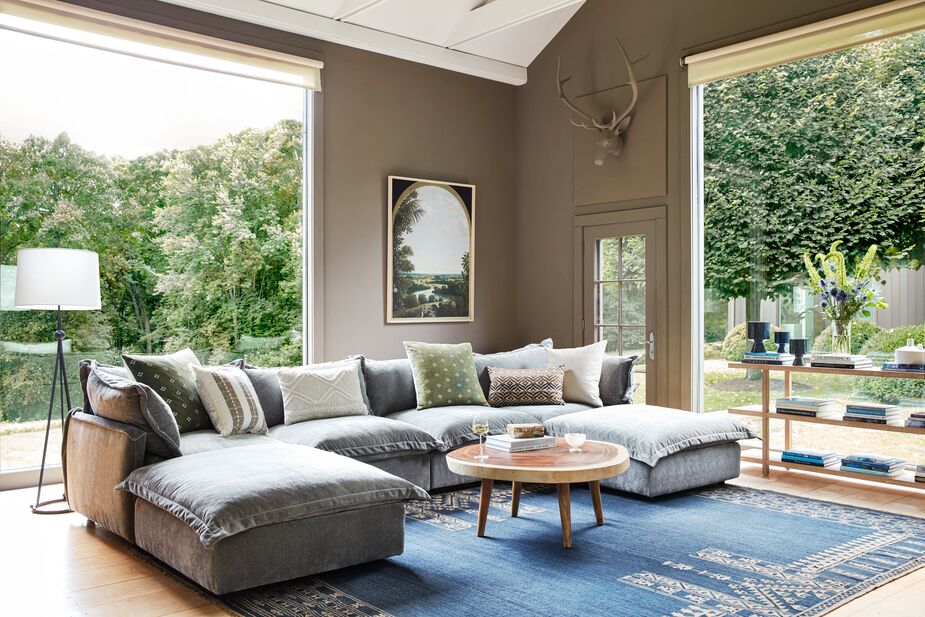
Have a huge family or are constantly entertaining a crowd? Try a U-shape sectional, like the Parker Performance Velvet U-Sectional, which offers the most room for seating. Find the rug here and the coffee table here. Photo by Joe Schmelzer.

Get the most seating out of a smaller space—or at least that spot in the corner—by opting for an L-shape sectional. Find a similar rug here.
Getting It Right
Bigger furniture comes with more considerations. Here’s what you need to keep in mind when selecting a sectional.
Know left from right. This is the most important choice to make when buying an L-shape or chaise sectional: Do you choose a left-facing or a right-facing style? The distinction is simple, but it’s also easy to make a mistake, so before making your purchase, imagine you’re standing in front of your sofa, facing it head-on (and not sitting on it facing outward!). If you want the sectional to extend out at the right side, chose a right-facing sofa; if you want it to extend out at the left, choose a left-facing sofa.
Do your homework. Unsure how the sofa will sit in your home? Try taping out its exact shape and dimension onto your floor to ensure you’ll have enough room to maneuver around it and that it won’t disrupt traffic flow. In fact, it’s never a bad idea to draw up a floor plan with any new piece of furniture you’re considering.
Consider the corner seat. Be aware that for L- and U-shape sectionals, the seat in the corner will likely be boxed in on both sides, leaving little room for lounging legs when the rest of the sofa is occupied. If this doesn’t float your boat, try a rounder style that allows extra room for legs.
Don’t be afraid to float it. The most common placement for a regular sofa is against the wall, but this doesn’t have to be the case for a sectional. If you can spare the real estate, floating the extended arm—or the entire piece—out in the middle of a room is a great way to visually mix things up.
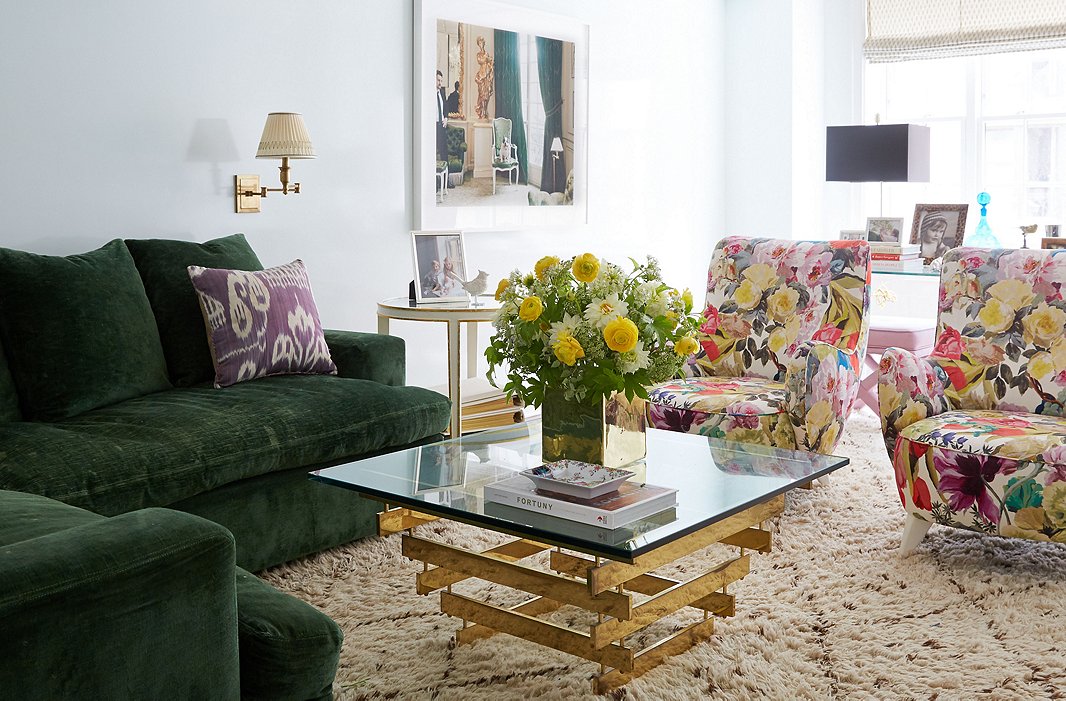
A square coffee table fits perfectly within the boundaries of this sectional, acting like a puzzle piece of sorts. Photo by Tony Vu.
Working with Others
Styling a sectional with other furnishings doesn’t differ too much from styling a regular sofa, but there are some distinctions.
On rug sizing… When choosing a rug to pair with a large piece of furniture, bigger is typically better. We recommend a rug that extends beyond the boundaries of the sectional, which will help make the room feel larger. If you have a small rug you’d like to incorporate into the space, try layering it on top of a large natural-fiber style.
On choosing a coffee table… If the rug extends beyond the sectional, then the coffee table should stay within its boundaries. Just make sure it’s large enough that everyone who might sit on the sofa can reach it.
On pillow formations… Place decorative pillows at the left, right, and center—in other words, in each of the corners—of your sectional, and make sure they’re large enough to stand up to the sofa’s extra bulk.
On consoles… If you have a free-floating sectional, considering placing a console table against its back for an extra decorative flourish. It’ll also help visually anchor the sofa to its spot.
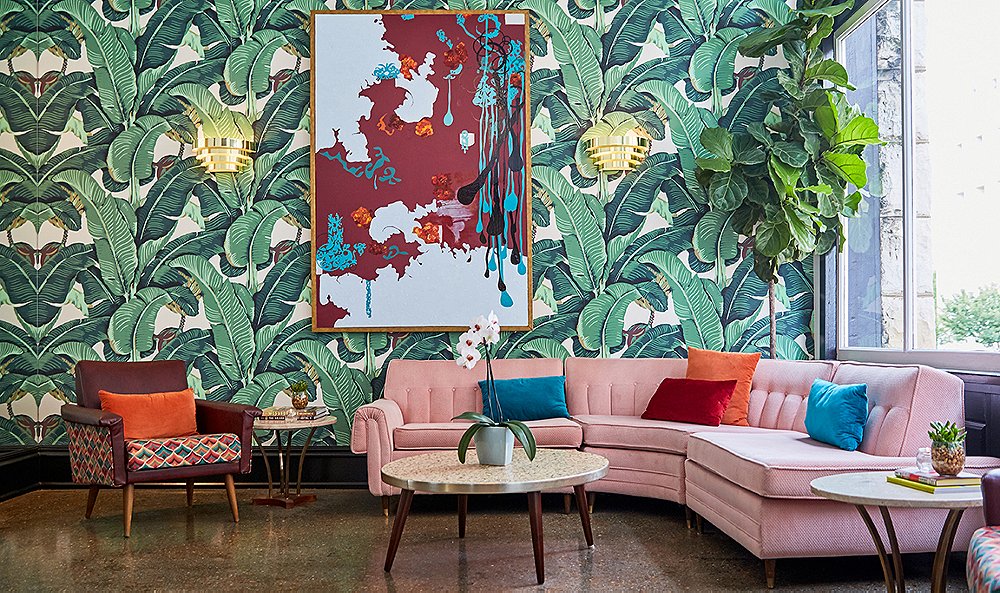
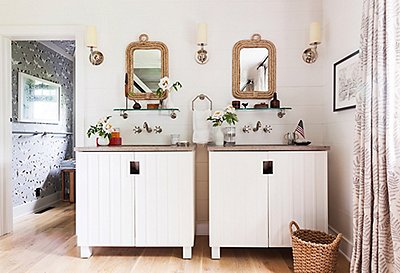
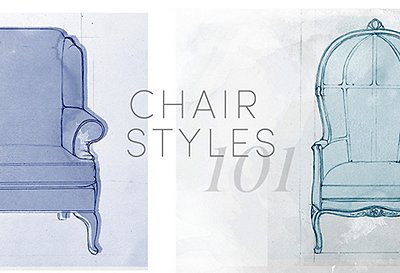
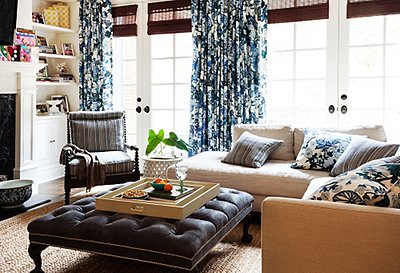
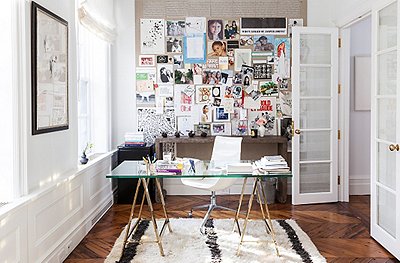
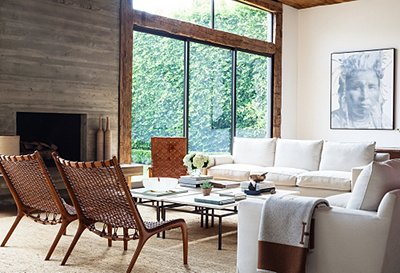
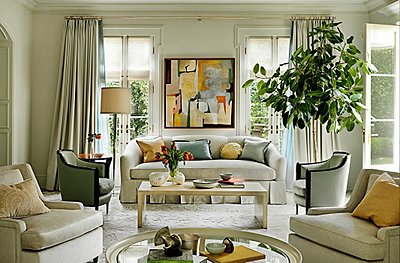
Join the Discussion